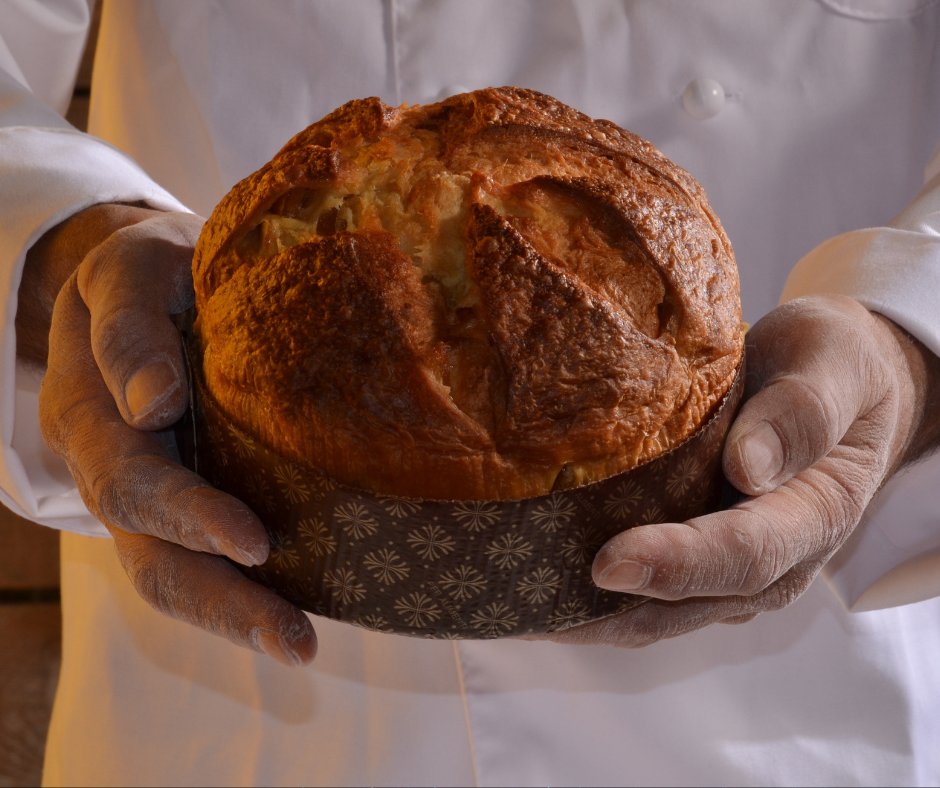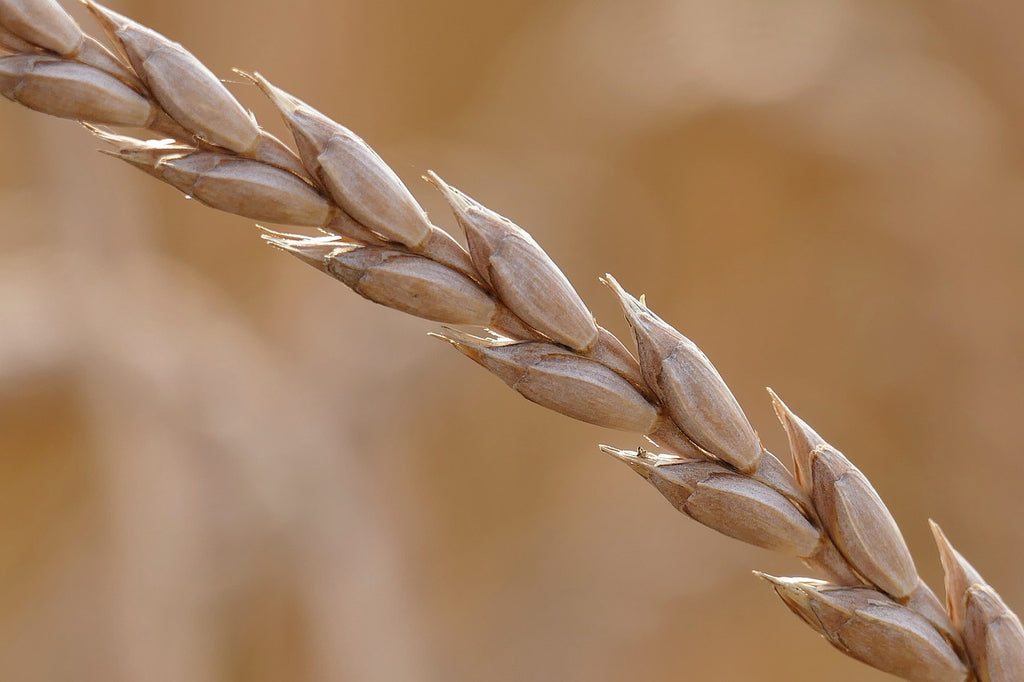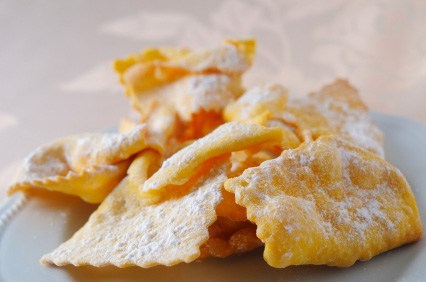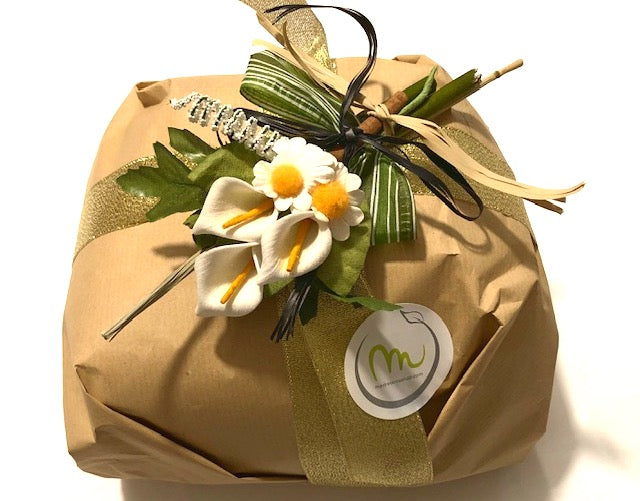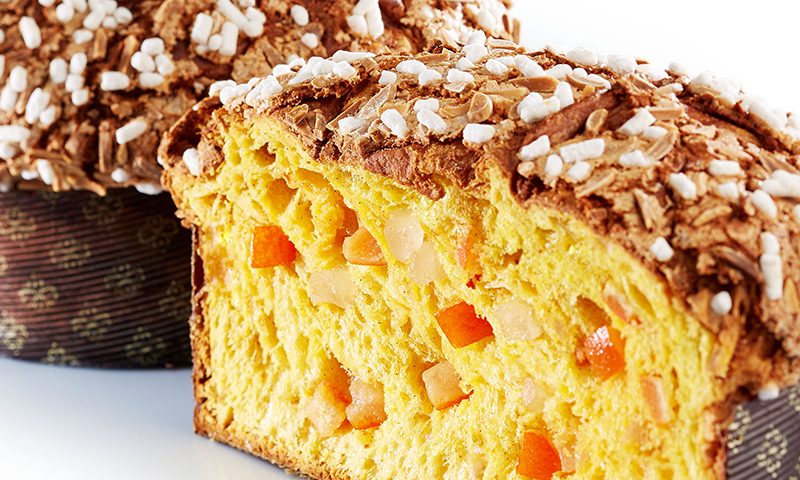
The 5 characteristics that an artisanal panettone must have

Panettone is the most popular and well-known dessert to be eaten at Christmas. It is a soft and leavened dessert. The ancient origin of this product is Lombard, or rather Milanese. It seems that it already existed in the 13th century, as bread enriched with yeast, honey and dried grapes.
We now find all prices on the market but above all the price differences are high.
We can find 750g panettone for €2.99 or €29.99.
Why all this difference?
First of all, an initial distinction must be made between industrial products and artisanal products.
Then what also determines the price is the quality of the raw materials used.
I'll give you a little example.
The sultanas, which you find both inside the panettone and in the colomba, can come either from Turkey or Australia. Obviously they have two different prices and believe me it's not the fault of the distance.
Then there are producers who use vanilla beans and others who use vanilla flavouring; here the difference in price and quality is abysmal. You can also see the difference in price between a sachet of vanilla powder and a bag of vanilla beans at the supermarket.
Having said this, the price of artisanal panetone is usually definitely the highest, justified by the high quality of the basic ingredients and, above all, by the processing, which is among the most difficult and accurate, which requires no less than three days of successive leavening necessary to have a soft dessert, fragrant on the outside and almost moist on the inside and which, without preservatives, can be kept for more than a month.
The industrial product has various prices, however decidedly lower than the artisanal product. On the other hand, industrial quantities can be produced, and the preparation technology allows production times to be shortened, thus helping to reduce final costs.
The price differences between the various industrial products are never very high and are in any case attributable to factors other than the production technique of the basic dough: they rather depend on the quality of the almonds and candied fruit and on many occasions also on the type of packaging and from advertising.
If you are normally a consumer of industrial panettone then this article is not for you, because now I will explain the 5 elements that characterize a quality artisan panettone.
But what are 5 very short tips to understand if an artisanal panettone is really good ?
- Candied fruit. Candied fruit is an integral part of panettone. Usually orange (someone adds orange paste to the mixture to strengthen the scent on the nose and bite), cedar or lemon but not too much. The candied fruit must be present but not invasive, sweet but not cloying and above all of the right size. Be wary of asteroids and yellow giants but prefer a well-distributed nebula. Research the candy but don't feel overwhelmed.
- Flavors . The panettone must taste like panettone: vanilla, butter, eggs. Fragrance of baking and, at the back of the nose, slightly of bread and sugar. A separate case is precisely the addition of candied fruit which must balance the primary aromas well. Also keep in mind the expiry date of each product: usually approximately 20 days from packaging for traditional ones, a few days less for those with additions such as chocolate or semi-candied fruit; the goodness curve tends to reach its climax between 3 and 5 days from production, and then slowly decreases as we move away from this date. In the golden period the notes of butter become enveloping and the vanilla emerges with all its roundness.
- I wait . Small parenthesis on the color of the dough. Don't go in a frantic search for a more or less colored crumb: eggs, flour, vanilla and butter make the difference. Often the great masters suggest the use of yellow eggs, which give a lot of color to the dough. However, the choice often falls on common eggs which, although giving a shade of colour, do not predominately characterize. Wholemeal flours will clearly be darker than refined ones, the vanilla seeds will punctuate the dough especially if added to the dough at the same time as the butter which will contribute minimally but essentially to this characteristic.
- Leavening. As we were saying, leavening must ensure that the dough protrudes from the mold especially towards the center of the product. The dough inside must be compact but not dry. Honeycombed and soft, although not absolutely bready or lumpy. There are those who agree with saying that: it must move forward. That is, when you take a small piece of it, pulling it away must bring other dough with it, not detach itself as if it were a piece of bread. The credit for this pastry making prodigy lies in the ingredients used. Indeed, immediately after having said that it is essential that, once cooked, the panettone is skewered on skewers and left to rest upside down. The panettone becomes a bat precisely to leave the softness unchanged; during these hours of cooling, however, it must not become concave otherwise it will cause the usual problem of flattening the dough.
- Icing (for the almond ones). For a traditional panettone, expect a more or less thick shell of almond flour and sugar embellished with whole almonds and sprinkles larger than a large grain of rice. Don't be scared by a discontinuous icing because you will have to take into account the uneven leavening of the dough inside the cup. The loaves being shaped are tapered, so in the center of the cake there is more dough, which during cooking will rise enough to break the layer of icing. Obviously the icing, with its sweetness, should not cancel out the aromatic notes of the panettone. It will just have to provide a crunchy counterpoint to the meltiness of the interior. A separate case for the chocolate icing (which is added once the panettone is ready), the chocolate will be the only protagonist in the bite.
The icing also affects the final price because you need to see the percentage and quality of the almonds.
I gave you some suggestions, now the choice is yours.
Are you undecided?
Contact us to find out when we will have the next tasting of our panettone

